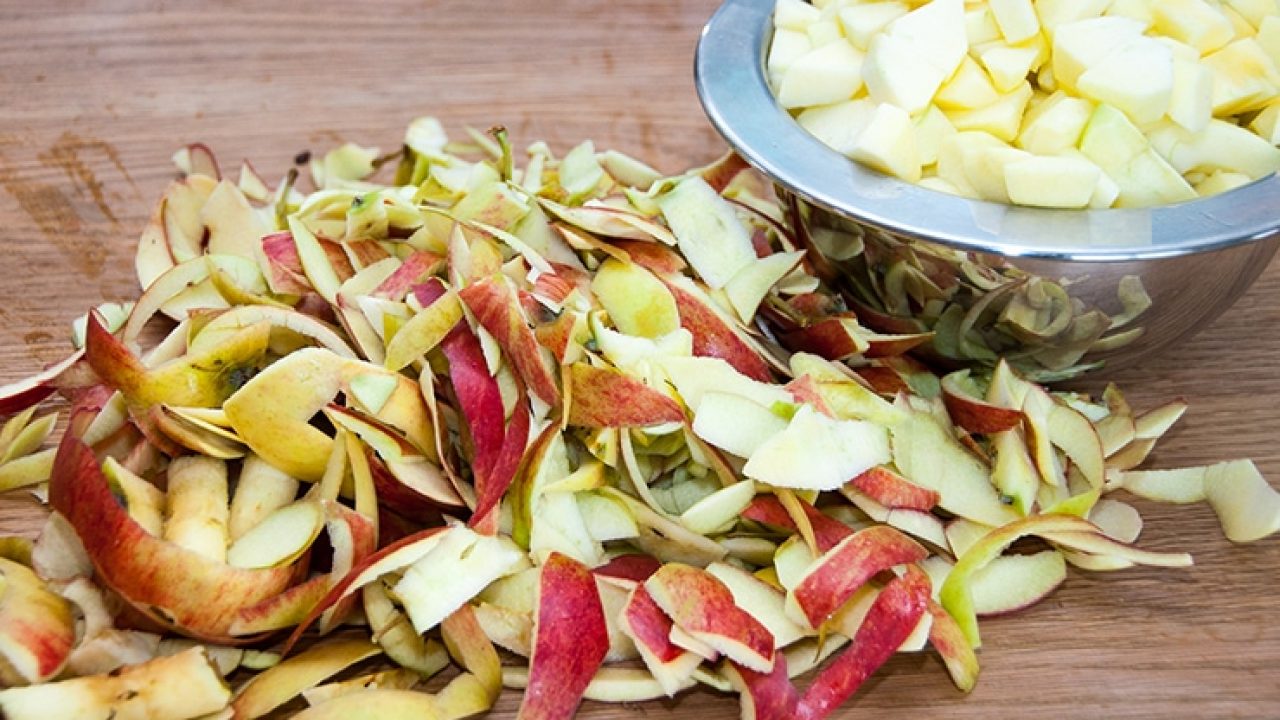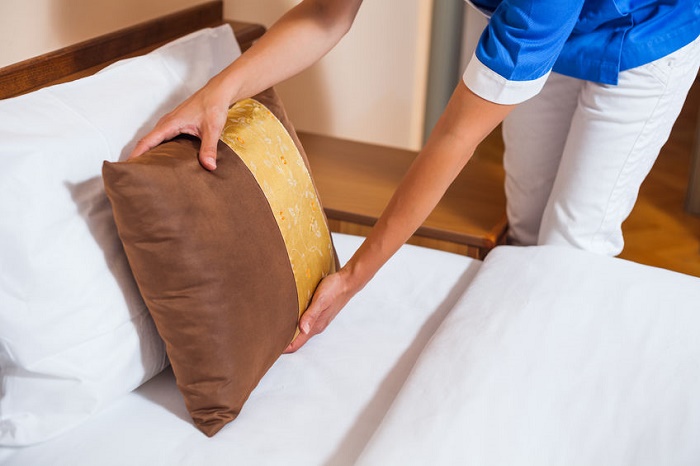Fruit and vegetable peels can have multiple uses that you may not have known about. They can be used from the point of view of recycling or beauty treatments, as well as to flavor certain infusions and drinks or recipes. If you want to know in depth the use that you can give to these shells you can continue reading.

Don’t throw away kitchen waste, fruit and vegetable peels are packed with flavor and vitamins , and most of the time they have enough stuff left over for another use.
Reasons to reuse fruit peels.
Some people peel all fruits and vegetables, others prefer to keep the nutrients and fiber in them in the skins, others avoid taste or texture, or prefer removing the outer layer to reduce pesticide load.
Regardless of your preferences, citrus peels, potato and other root and tuber peels, avocados, and cheese, even rinds, have more than one life.
Uses in the home.
Try to use organic products in these applications, and be sure to scrub the peels well. And if you don’t have the time or need to use them at the time, most peels can be frozen for future use.
1. Clean the grease.
To clean the grease, sprinkle the affected area with salt or baking soda (to act as an abrasive) and then rub with the lemon halves. (Be careful when using lemon on sensitive surfaces, such as marble.)
2. Leave the coffee pot shiny.
Add ice, salt, and lemon zest to an empty coffee pot, swirl for about a minute or two, dump, and rinse well.
3. Clean the kettle.
For the mineral deposit that accumulates in teapots, fill the container with water and a handful of lemon peels and bring it to a boil. Turn off the heat and let it rest for an hour, drain and rinse very well, in this way the kettle will have recovered its life as new and will be totally clean.
4. Dye fabrics naturally.
Pomegranate peels are an effective natural method to create a fabric dye. Use a stainless-steel pot large enough to cover the fabric, fill with hot water and add the shells and leave it to rest overnight.
Procedure:
- Simmer the water and the shells the next day, then remove the shells and add the wet cloth last.
- Let it cook gently for an hour and then you should let it cool overnight.
- Remove it the next day and rinse with cold water.
5. Purify the water.
The banana peels can be used to purify drinking water contaminated with toxic heavy metals such as copper and lead, researchers at the Institute of Biosciences Boatmate, Brazil say.
6. Avoid lump formation.
If sugar lumps normally form in your sugar bowl, try adding a little lemon peel (with leftover pulp), to keep it moist and prevent them from forming.
Fruit and vegetable peels in meals.
As we mentioned before, the use of the peels of various foods can be used to give flavor, color and texture to different recipes for meals, juices and even infusions.
7. Make citrus extract powder.
With the peel of lemons, limes, oranges, grapefruits, which are safe to remove the pith, leave to dry for 3 or 4 days. Put in a blender (or spice grinder) and pulverize into powder form. Store in a clean jar.
8. Make sugar with citrus.
Make sure to powdered citrus extract and add the sugar, or you can use new twists, put them in a jar with sugar, let the oil from the peel infuse the sugar and stir.
9. Make lemon pepper.
Mix the lemon extract powder with pepper and get a very different but incredibly healthy ingredient.
10. Make infusions.
Infuse honey or vinegar with citrus peels in the blender and let the flavors concentrate. Strain the liquid and store it in a clean jar.
11. Vegetable broth.
Boil potato skins, onion skins, carrot skins, leek skins, and other vegetables, to make delicious and healthy broths full of flavor.
Uses of peels for beauty.
There are a large number of natural treatments to restore shine to the skin, hydrate the face, combat acne formation and more treatments that can be done with fruit and vegetable peels. Know in depth how to do them.
12. Make a natural banana scrub.
Sprinkle the sugar on the inner side of the banana peels and use it as an exfoliating luffa. Gently rub all over the body and then rinse in the shower, this is a natural way to exfoliate the skin.
13. Facial renovator.
To make a facial toner and renew your skin, rub the orange or grapefruit peels on your face (avoiding the eyes) and then rinse gently with warm water.
14. Moisturize the skin.
Rub the fleshy part of an avocado peel on your face for better skin benefits than a commercial moisturizer.
15. Relieve swelling.
Potato peels can reduce puffiness around the eyes, press the wet part of the fresh peels into the skin (the inner side of the peels) for 15 minutes and you will get a beun home remedy to reduce bags under the eyes.







